Whether you are an expert at skiing or you are taking your first baby slides with your brand new skis, the key to getting the full thrill of the sport is having all the essential gears. A warm jacket, a nice set of skis, and proper gloves are all important, but you can’t manage fully without a nice pair of ski goggles to support your vision.
But not all ski goggles are made equal. Just imagine how hard it would be, making your way through the trees when your flimsy goggles keep fogging up and making your eyes tear-up. Unfortunate, right? Well, luckily, these goggles have, over the years, been subjected to continuous forms of innovation to enhance your overall user experience. We have new brands coming up that offer features like double lenses with dual-pane thermal barriers to keep the cold away, and anti-fog layers and technical venting to keep the lens free of fog; they even have softer fleece face layers with an extra snug fit and different colors that blend with the snow.
That said, with the thousands of brands out there, finding one that matches all the right criteria can be cumbersome. We have narrowed down all that for you, presenting to you some of the best ski goggles in the market.
Top 9 Ski Goggles Of 2020 Reviewed
1. OutdoorMaster OTG Ski Goggles
 Best Goggles For Prescription Glasses
Best Goggles For Prescription Glasses
The OutdoorMaster OTG Ski Goggles is a perfect choice if you wear glasses because it is specifically designed to accommodate them. Aside from the Over-the-Glasses design, these goggles feature an anti-fog lens with 100% UV400 protection. The extra-long elastic strap makes it compatible with any type of helmet. And the bendable TPU frame makes the goggles extra comfortable and increases safety.
The goggles offer several VLT (visible light transmission) percentages so you can find the right one that will suit whatever light condition you expect to use the goggles in. However, some users found that large-framed glasses don’t fit very well. The nose piece is a bit too far forward for some people who leave a gap that can cause the lens to fog up. Also, there are some reports that the lens scratches easily.
Pros:
- Allows you to wear glasses
- 100% UV400 protection
- Variety of VLT percentages
Cons:
- Large-framed glasses may not fit
- Nose piece may be too far forward
- The lens tends to easily get scratched
2. Bolle Unisex Mojo Snow Goggles
 Best Ski Goggles For The Money
Best Ski Goggles For The Money
The Bolle Unisex Mojo Snow Goggles is an affordable option for first-time skiers. The goggles feature a double lens that provides a dual-pane thermal barrier between the cold air and any moisture created by your activity. It also has a P80Plus layer anti-fog which prevents moisture from building up on the lens and dispersing any water molecules on the surface of the lens. Speaking of the lens, this one is rated to block harmful UVA and UVB rays up to 400 nanometers.
And the goggles also feature Flow-Tech Venting technology which promotes airflow inside the lens and further preventing moisture build-up. And for those who wear prescription glasses, you’ll be glad to know that the Bolle SOS prescription adapter enables you to get corrective vision while enjoying the wide field of view. However, these do not come with any kind of case or carrying pouch for storage. They don’t fit over eyeglasses very well. And the tint is not quite dark enough when the sun is shining.
Pros:
- P80Plus layer anti-fog
- Flow-Tech Venting
- Very affordable
Cons:
- Can’t be worn using eyeglasses
- The tint may be too light for bright, sunny days
- No carrying case or pouch
3. Smith Optics I/OX ChromaPop
 Best Ski Goggles For All Conditions
Best Ski Goggles For All Conditions
The Smith Optics I/OX ChromaPop is the perfect choice for people who want one set to rule them all. Instead of sticking to one color/design, you can easily go with whichever lens is suitable to the environment and/or your mood. Aside from interchangeability, the I/OX uses Spherical Carbonic-X Lens with TLT Optics and 5X Anti-Fog Inner Lens.
It also features a responsive fit frame design along with an ultra-wide, silicone-backed strap to create the perfect fit, even with your helmet on. Even better, the goggles come with a lifetime warranty. However, the goggles may be too large for some heads. It is quite expensive. Also, changing the lens isn’t that easy to do.
Pros:
- Anti-fog inner lens
- Responsive fit frame design
- Lifetime warranty
Cons:
- Changing lens can be difficult
- Maybe too large for some heads
- Expensive
4. Spy Optic Marshall Snow Goggles
 Best Ski Goggles For Cloudy Days
Best Ski Goggles For Cloudy Days
The Spy Optic Marshall Snow Goggles features the Happy Lens which is provides enhanced terrain contrast and max optical clarity. The ski goggles are built from flexible polyurethane and the Scoop® ventilation system to improve airflow and reduce the amount of moisture and sweat in the goggles that could result in fog.
The goggles feature anti-fog 5.5-base ARC® spherical dual-lens with anti-scratch protection, a triple-layer Isotron™ face foam with moisture-wicking Dri-Force™ fleece, and a silicone-ribbed strap to keep the goggles in place. However, the anti-scratch protection doesn’t seem to be sufficient as some users have reported scratches on their lens with minimal use. And these goggles are pretty expensive.
Pros:
- Great fit
- No fogging
- Comes with 2 lenses
Cons:
- Not scratch-proof
- A bit pricey
5. Oakley Flight Deck Ski Goggles
 Best Ski Goggles To Wear With a Helmet
Best Ski Goggles To Wear With a Helmet
If you like how fighter pilots look with their helmets on, then you’re going to like the Oakley Flight Deck Ski Goggles. Aside from aesthetics, this set of goggles feature an interchangeable lens system and a rimless design that enables you to wear it with almost any type of helmet.
The lens has an incredibly wide field of view with the anti-fog coating. However, changing lenses can be quite difficult. Some users felt that the lens was too large for them. And it is a lot more expensive than a lot of other models.
Pros:
- Excellent peripheral vision
- Comfortable
- Great aesthetics
Cons:
- Changing lens can be difficult
- The lens may be too large for some users
- Very expensive
6. WildHorn Outfitters Roca Ski Goggles
 Best Ski Goggles For Under 100
Best Ski Goggles For Under 100
The WildHorn Outfitters Roca Ski Goggles are semi-frameless snowboarding goggles that feature a unique and hassle-free interchangeable lens system. It has six rare earth N45 magnets and an integrated clip locking system that allows you to swap out lenses whenever you desire.
The wide view lens is made of polycarbonate. It provides 100% UV 400 protection. And it uses Thermoplastic Urethane Polymer material in the frame with a triple layer of foam and anti-slip coating for a comfortable and perfect fit. However, some users report that their eyeglasses wouldn’t fit when wearing these goggles. The lens isn’t scratch resistant as promised.
Pros:
- The magnetic interchangeable lens system
- Affordable
- Comfortable fit
Cons:
- Not ideal for those wearing eyeglasses
- Not scratch resistant
7. Smith Squad XL ChromaPop Snowboard Goggle
 Best Ski Goggles For Beginners
Best Ski Goggles For Beginners
The Smith Squad XL ChromaPop may seem similar to the I/OX but there are distinct differences. First off, the price of the Squad is almost half of the I/OX. Second, the shape of the Squad’s lens is cylindrical, not spherical. The frame design is pretty basic; the entire set has a classic style that may appeal to some users.
While the Smith Squad isn’t making waves in the looks department, it is still a durable and affordable option for those who prefer no-nonsense ski gear or those who want to start with something basic. That being said, the interchangeable system is also not easy to use with this set. And these goggles do not fit over glasses.
Pros:
- Great price
- Durable
- Comfortable and doesn’t fog
Cons:
- Very basic design
- Hard to change lenses
- Not an over-the-glasses design
8. Unigear Skido X1 Ski Goggles
The Unigear Skido X1 has an OTG design with a flexible and soft TPU frame, an adjustable high-elasticity strap, and skin-friendly thickened foam. The double lens is cylindrical in shape and anti-fog. The outer lens is anti-scratch and resistant to impact while the inner lens features a coated premium CA material that reduces fog.
The snow goggles also feature ventilation at the top and bottom to help increase airflow and reduce fogging. The goggles are helmet compatible, provides 100% UV400 protection, and comes with a 100% satisfaction guaranteed. However, a cylindrical lens does tend to have problems with distortion, particularly in your peripheral vision. It also isn’t the most comfortable of all our picks.
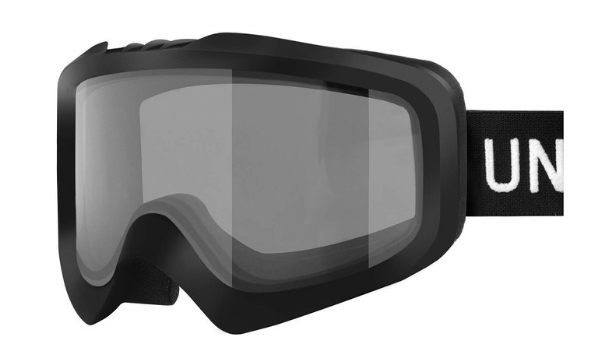
Pros:
- Anti-scratch and impact resistant
- Helmet compatible
- 100% UV400 protection
Cons:
- Cylindrical lens
- Not as comfortable compared to other models
9. Unigear Skido X2
Unlike the X1, the X2 features a spherical lens to provide you with a clear view and helps diminish glare. Aside from the type of lens, pair uses unique Toric Lens technology that provides the clearest, sharpest, most accurate view. The dual-lens features anti-fog coating and anti-scratch protection. To increase airflow and reduce fog, the goggles feature streamlined frame venting.
And the triple-layer face foam with fleece lining provides a comfortable fit. One huge difference between the X1 and X2 is that the latter is suitable only for children. However, some children may still find the frame too big for them.
Pros:
- Toric Lens technology
- Anti-fog coating and anti-scratch protection
- Streamlined frame venting
Cons:
- Maybe too big for young children
Choosing The Best Ski Goggle – The Ultimate Buying Guide
Ski goggles are undoubtedly an important part of your ski or snowboarding gear. It’s easily as important as your ski set, boots, and gloves. After all, how can you carve a turn if you can’t see where you’re going with all that snow in your eyes? Of course, not just any pair would do.
The wrong one could be ill-fitting or fogged up, compromising your vision instead of improving it. Fortunately, you don’t have to settle for whatever pair of goggles come your way. Our in-depth buying guide should help you find the perfect one to wear the next time you hit the slopes.
Can I Wear Prescription Glasses Under Ski Goggles?
Yes, it is quite possible to fit your typical ski goggles over glasses; the strap is usually extensive enough to allow this. Although there are versions, known as Over the Glasses Goggles (OTG), which are specifically designed to handle eyeglasses, however, the glasses often tend to sit close to your face, and may cause discomfort and fogging, which is why a prescription insert is more recommendable. The insert will sit perfectly in the venting channel within the goggle, thus creating a more natural feel.
What Shape Of the Lens Should I get?
There are two kinds of ski goggles and it is the shape of the lens that differentiates them.
-
Cylindrical Lens
A cylindrical lens is flat vertically and has a lower profile compared to spherical lenses. Because of the way it is shaped, cylindrical lenses can cause you to see some distortion in your vision, particularly in your peripheral vision.
It’s also more likely that you’ll experience more glare and fogging. For these reasons, this type of lens is usually cheaper. The benefit of using a set of goggles with this type of lens is that they are more flexible and easier to remove from the frame. The Smith Squad XL ChromaPop Snowboard Goggle, for example, has a cylindrical lens.
-
Spherical Lens
Spherical lenses are curved both horizontally and vertically. It is specifically designed to mimic the shape of your eye which helps enhance your peripheral vision, reduces distortion and glare, and provides you with a wider viewing area.
In addition, this type of lens is less likely to fog-up because it has an increased surface area. However, as we’ve mentioned, spherical lenses are more expensive and don’t have a low profile which some users dislike. The Smith Optics I/OX ChromaPop features a spherical lens which is one of the reasons why it is more expensive than the Squad.
Is Lens Tint Important?
The lens tint is more than just the color. The level of tint on the lens affects how much light goes through. This is also known as VLT or visible light transmission. Ski goggles are given categories based on lens tint.
Category 0 (80 to 100% VLT): the lens is transparent or only has a slight tint which makes this appropriate for nighttime use or in low light conditions.
Category 1 (46 to 79% VLT): the lenses are slightly tinted and suitable for use in overcast days.
Category 2 (18 to 45% VLT): lenses are moderately tinted and suitable for sunny days.
Category 3 (8 to 17% VLT): darkly tinted lenses for use in bright light
Category 4 (3 to 7% VLT): very darkly tinted lenses that are perfect for very bright conditions such as at very high altitudes.
How Do I Prevent My Ski Goggles from Fogging?
Ski masks form fog when the cold lens is exposed to warm air. Well, since the slopes are cold and your face is warm, fogging is almost inevitable. However you can reduce it to a minimum by either; sealing and keeping the lens clean, refraining from using harsh cleaners that would leave oily spots and fingerprints, or you can opt to go hard and invest on a ski goggle with an anti-fog coating, or a ski turbofan (which is basically an AC for your goggles).
Single or Double Lenses?
Single lenses are, as the name implies, ski goggles with only one layer of the lens. Models that have a single lens are typically the most basic ones in the market.
Double lenses mean that the goggles have two layers of the lens that primarily function as a thermal barrier which helps reduce fogging. The Bolle Unisex Mojo Snow Goggles, for example, has a dual-pane thermal barrier.
What Frame Size Should I get?
As you know, it’s important that you get the fit right if you don’t want your vision and comfort compromised. The size of the frame should match the size of your face. Extra small frames are suitable for young children while small frames can be used by children and women with small faces.
Medium frames are suitable for teenagers and most women as well as men who have small faces. Large frames such as with the Oakley Flight Deck Ski Goggles are suitable for men with large faces or for individuals who prefer the oversized goggle look.
What Color of the Lens Should I Choose for My Ski Goggles?
Because snow is so bright and white, it makes it difficult to see changes in its texture. A base lens whose color offers contrast would, therefore, be the wisest option. These colors include orange, brown, copper, and rose. On the other hand, the level of darkness you’ll need for your lens varies, depending on the weather conditions at the time
Are There Any Other Factors To Consider?
If you wear glasses, you might want to choose one that is designed to fit over glasses like the OutdoorMaster OTG Ski Goggles. When choosing a pair, it’s also important that you try it before you buy it. Any pinching on the bridge of your nose or temples, gaps, or pressure on your face may indicate that the frame is too small for your face.
These goggles are not only for protecting your eyes from the snow and wind, but it also provides you with protection from the sun’s rays. This means that you need to look for a pair that provides 100% UVA and UVB protection such as the WildHorn Outfitters Roca Ski Goggles.
Conclusion
Overall, however, you approach your skiing experience, you’ll be safer and generally more comfortable with a nice pair of eye protectors. Remember, what may suit you may not necessarily suit the next guy, and because of this, your selection of ski goggles should be based on your own personal techy preference as well as your budget.
We have featured some of the best goggles on our list, and we are sure that whichever you find. We hope that our choice of selection, together with our buying guide, will inform you enough to make the best choice.


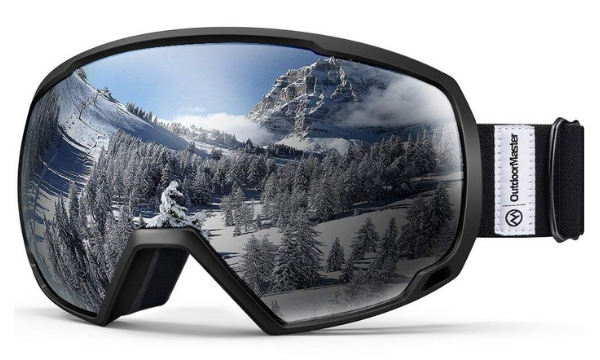
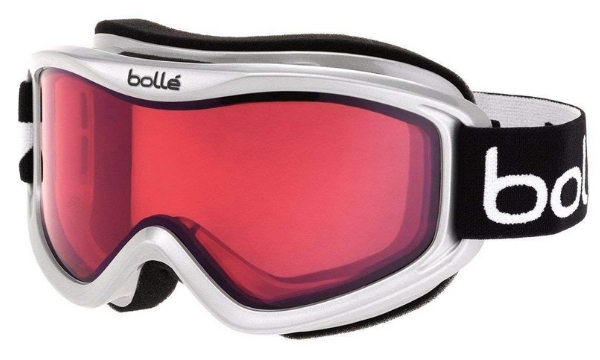
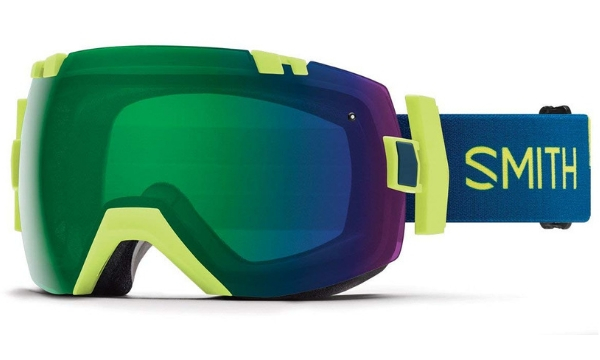
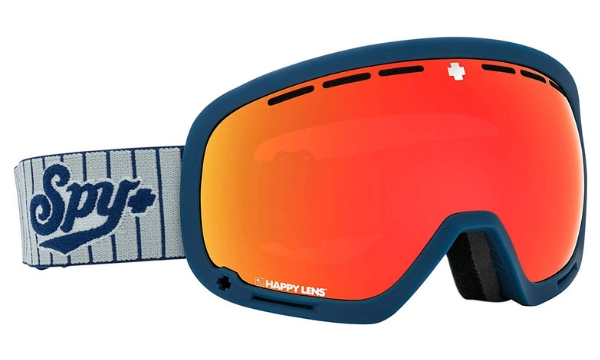
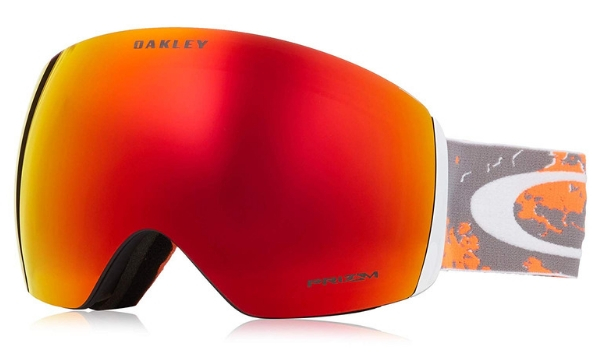
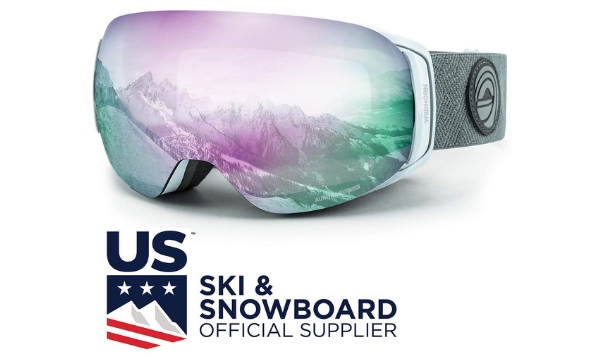
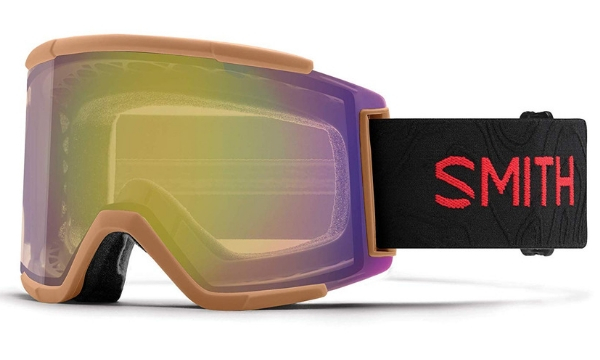
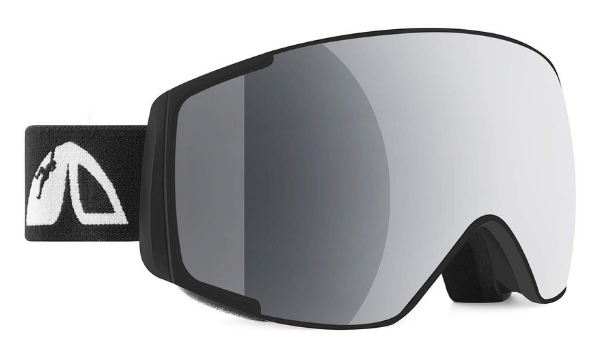
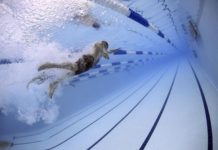



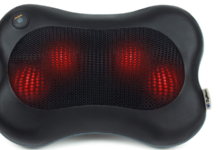
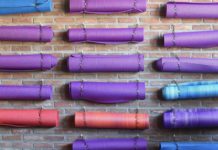





![Best Crochet Hooks for Beginners and Pros [2020 Update] best crochet books](https://www.awebtoknow.com/wp-content/uploads/2018/01/best-crochet-books-100x70.jpg)

